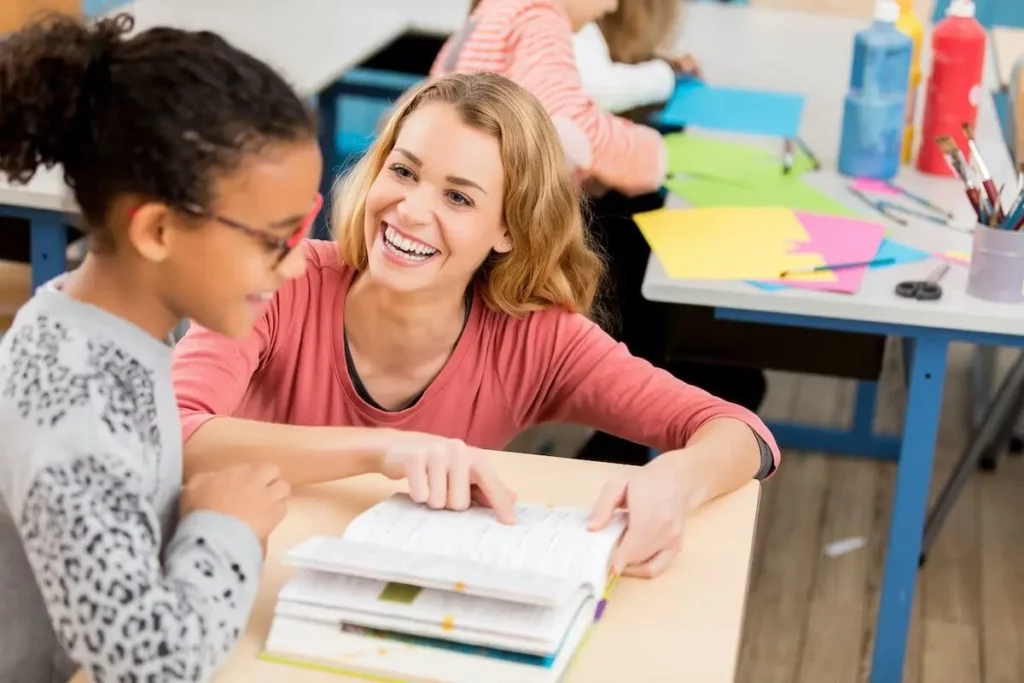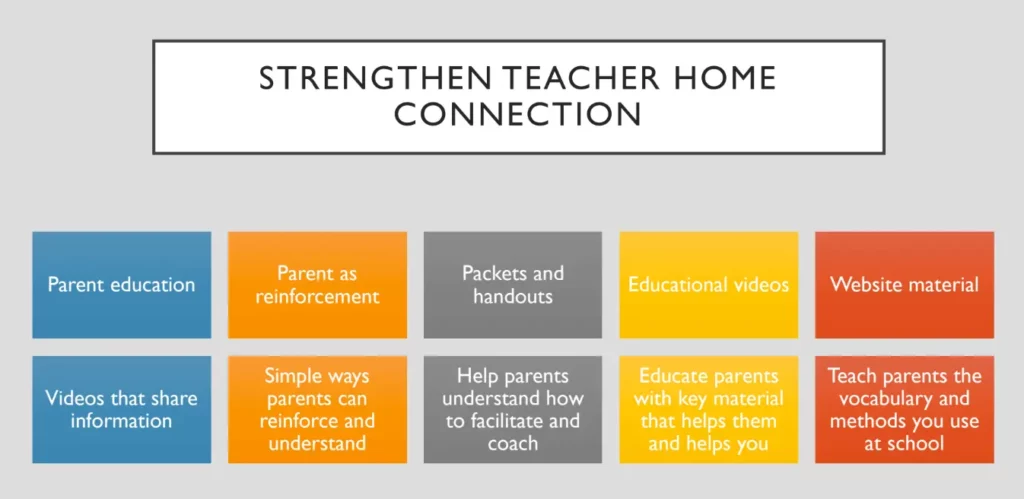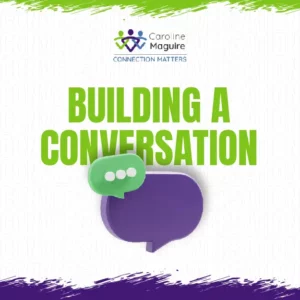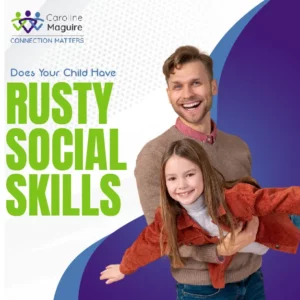Parenting Strategies For SEL At Home

EDUCATORS, PARENTS AND STUDENTS
Developmental and learning science tells us that academic and social-emotional learning are inextricably linked.
Learning and Families
Research demonstrates that one of the strongest predictors of resilience for children is the presence of at least one supportive, caring adult relationship. When students have strong adult relationships, they are more likely to pass their classes, earn more credits and secure a higher grade point average.
To meet the academic and social emotional needs of our students, teachers—now more than ever—must know their students and their families; and parents – now more than ever—must know their child’s teachers.
We must address academic and social-emotional needs in tandem. Strengthening relationships is the answer.

Many schools – especially now – are receiving large-scale SEL curricula, yet families have little instruction on how to implement and encourage these skills at home. When families and schools communicate and exchange SEL information, children can transition easier and quicker.
How schools and families can collaborate to build resilient, mindful and kind children.
- Get to know the families – Sending home packets and recommendations is not enough. Through the use of open houses, surveys, teacher – parent meetings and emails, teachers can find out more about the home environment. Who lives in the home? Are there siblings? What is the primary language?
- Collaborate on specific skills building – Work with the parents and child to identify which areas are of concern and how to address these concerns. Goals can be written down at the start of the year and then reviewed at each conference. Be sure school and home are working together and communicating.
- Designate a liaison – If possible, designate a school-family partnership coordinator who monitors progress.
- Provide a resource center – Supply SEL materials and invite parents to help themselves to these resources, during school hours or by asking their child to bring the items home.
- Create SEL opportunities – Organize picnics, lunches, trips, celebrations or class presentations and spend a portion of the time discussing a specific skill. Hand out materials on ways parents can continue this skill building at home.
Learning and Family Resources
Creating safe, caring relationships so all students – regardless of culture, language and needs – can achieve at the highest level.
Effective partnerships between home and school helps all children – regardless of culture, language and needs – share in the commitment to academic success.
Home - School Engagement Products
These recommendations have been specifically curated for home to school SEL use. Please feel free to browse these – and many other products – in our Store
-
 Quick ViewAdd to cart
Quick ViewAdd to cart -
 Quick ViewAdd to cart
Quick ViewAdd to cart -
 Quick ViewAdd to cart
Quick ViewAdd to cart -
 Quick ViewAdd to cart
Quick ViewAdd to cart



